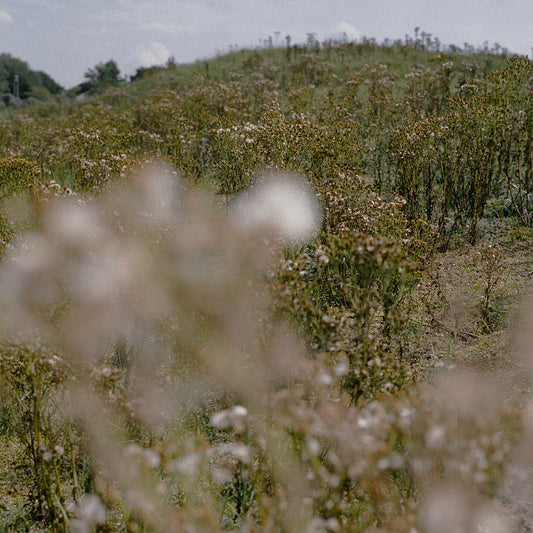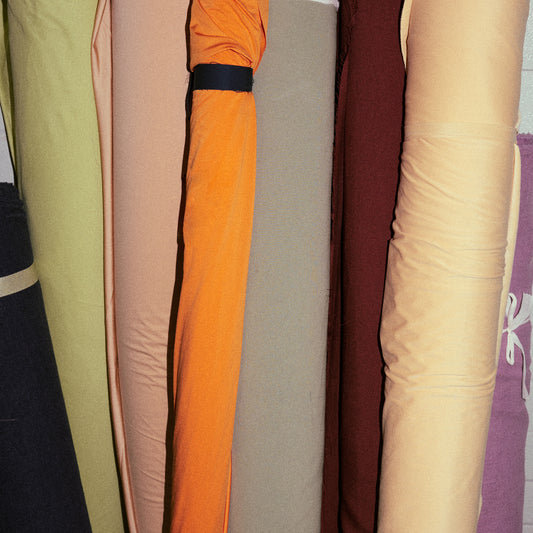Sourcing
Responsible sourcing and manufacturing are our top priorities. As a fashion brand, one of our key impacts comes from the materials we use and how they are produced.
Our aim is to increase the ratio of responsible styles within the collection season-on-season, and achieve 100% preferred fibers and materials by 2025, as aligned with our Sourcing Policy.
Percentage of responsible styles in the collections
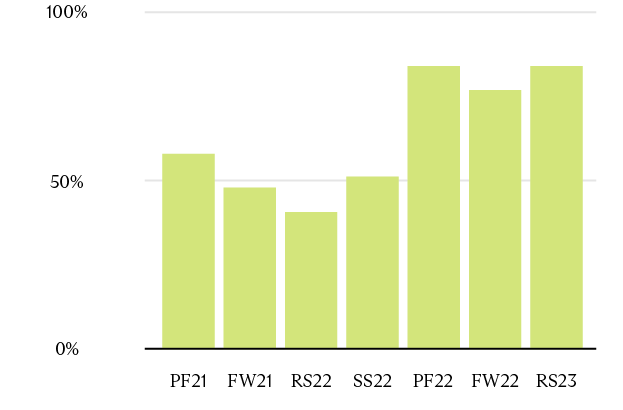
Guided by our Sourcing Policy, we focus on materials that have a lower impact on the environment. Our goal is to use materials that are not only less harmful but that are regenerative, too. Circularity, re-use and second life are key. We upcycle our deadstock materials for upcoming collections and resell or donate what remains.
Our commitments
In February 2020 we signed our commitment to Canopy – an organization dedicated to ensuring that no fibers are sourced from ancient and endangered forests. As part of our pledge to the initiative, we are working on innovative collaborations and pioneering solutions to save forests and the wider ecosystem. Our commitment entails protecting the world’s forests through responsible sourcing of cellulose-based materials, such as paper and fibers, but also decreasing the consumption of these fibers, to ultimately reduce the demand placed upon our forests by switching to regenerative and recycled materials.
To learn more about our commitments, visit Our policies & commitments page.
Our environmental footprint
Almost every choice we make, from material sourcing and design to transportation and energy use, has an impact on climate. Our goal is to reduce our GHG emissions (across Scope 1, 2 and 3) by 30% by 2030 and to reach net zero emissions by 2050. We are signatories of the UN Fashion Industry Charter for Climate Action, committed to reporting on our carbon footprint and progress every year through CDP (Carbon Disclosure Project).
In order to have a more holistic and strategic approach to climate change, from 2019 we measured our company’s greenhouse gas emissions (GHG). In 2022, we measured the emissions directly related to our own activities (Scope 1 and 2) and those caused by the upstream and downstream activities of our value chain (Scope 3), with the aim of identifying the areas that have the largest climate impact and need attention and improvements.
2022 Total GHG Emissions by Scope [kg CO2]
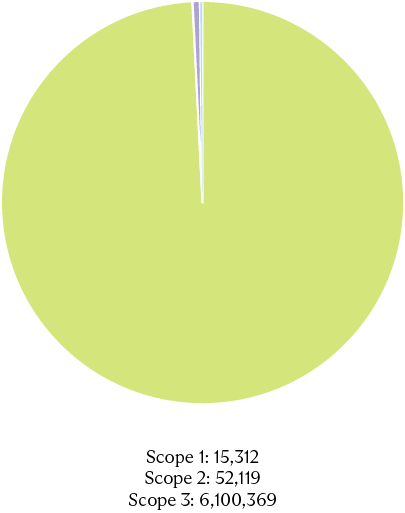
The impact of our production
The majority of our emissions sit within Scope 3, under the category Purchased Goods and Services. We have calculated the emissions related to our different production processes, in order to properly evaluate which step is responsible for the highest impact. From this analysis it resulted that the key impact relates to the fibers production stage with 51.3% of the overall impact, followed by the dyeing process with 18.2%.
Share of CO2 emissions generated in each production process
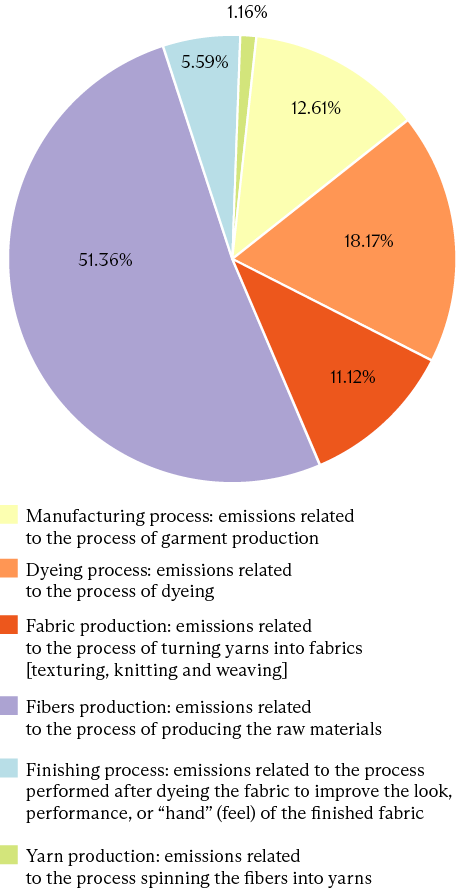
Discover more

Repair, Rent, Recycle
Embracing a new fashion model“Sustainable fashion is an oxymoron unless the business model changes,” asserts Natasha Franck, Founder & CEO of digital ID platform Eon.
Repair, Rent, Recycle
Embracing a new fashion model“Sustainable fashion is an oxymoron unless the business model changes,” asserts Natasha Franck, Founder & CEO of digital ID platform Eon.

Carbon Footprint
The fashion industry has a significant impact on climate change, and as a luxury fashion brand, Nanushka is embarking on a path to decarbonization in line with industry best practices....
Carbon Footprint
The fashion industry has a significant impact on climate change, and as a luxury fashion brand, Nanushka is embarking on a path to decarbonization in line with industry best practices....



